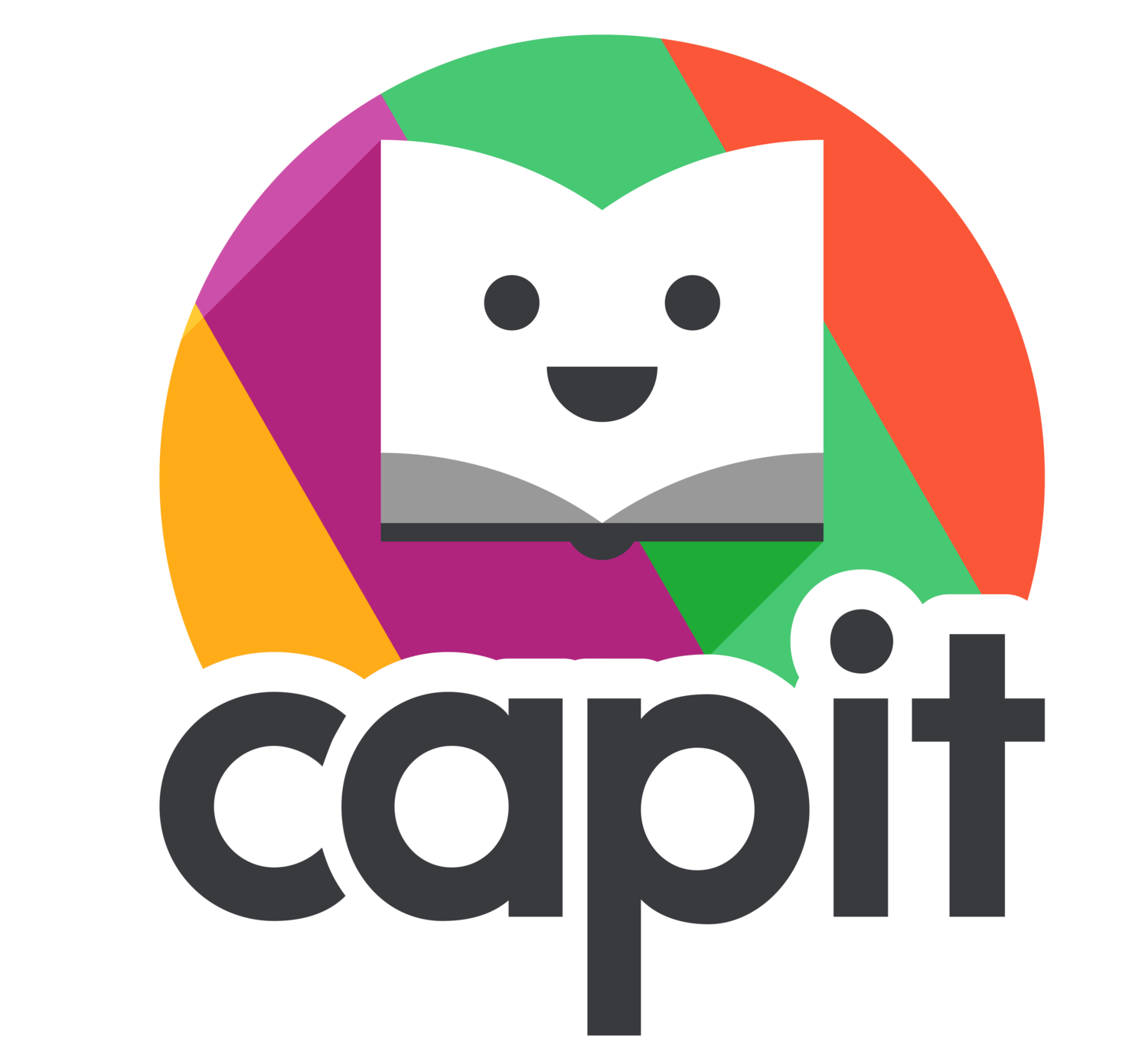Visual Mnemonics
Cognitive Super Glue
“The value of mnemonics for teaching letter-sound relations to kindergartners is supported by evidence.”
Research and experience indicate that Visual Mnemonics are an efficient and fun method of helping students remember the relationship between the sound of a letter and its visual representation. A Visual Mnemonic is like “cognitive super glue,” magically and quickly pairing together “Sounds” and “Spellings” to one another with a lasting bond.
CAPIT Reading provides unique Visual Mnemonics for every letter in the English language. Our Visual Mnemonics LOOK and SOUND like the Lowercase and Uppercase letters. They function as visual aids, helping students associate the English letters with images they can visualize, store in their memory, and later easily recall. Our Visual Mnemonics were selected after careful and prolonged testing with diverse groups of students. Only the fittest mnemonics survived.
Below we offer a webinar and an article that explore the origin and effectiveness of Visual Mnemonics. Enjoy!
Article
The Value of Visual Mnemonics for Teaching Letter-Sound Relations
Why do Letters make the "sounds" they Do?
Why does the letter “s” make the sound /s/?
Why does the letter “L” make the sound /l/?
A visual mnemonic helps establish an objective association in the student’s mind between the Sound and Spelling, unburdening the student’s memory, and easing the learning process.
CAPIT Reading Webinar: Research-Based Tools and Strategies Proven to Help Beginner Readers
Presented by Eyal Rav-Noy and Tzippy Rav-Noy, Co-Founders of Capit Learning
Researchers have long known that phonemic awareness is highly correlated with individual differences in children's word-reading skills. Training students in phonemic awareness skills and letter-sound knowledge is recommended in both the United States (NRP, 2000) and the United Kingdom (Rose, 2006). But why do some students struggle so much when learning their sounds? How can teachers help their students remember their sounds? Does the research recommend a particular method for teaching these foundational reading skills?
In this webinar Eyal Rav-Noy and Tzippy Rav-Noy, Co-Founders of Capit Learning, discuss the National Reading Panel Report, an evidence-based assessment of the scientific research literature on reading and its implications for reading instruction. They share three tools the report recommends for early readers that often are overlooked by many teachers, researchers, and curriculum developers. Learn about these research-based tools that will increase your young students’ phonemic awareness skills and letter-sound knowledge. Learn how to easily integrate the tools into your existing lesson plans and classroom.
This webinar is designed for Pre-K through grade one teachers, transitional kindergarten teachers, reading specialists, and ELA coordinators. School librarians and special education teachers also will benefit from this recorded session.

